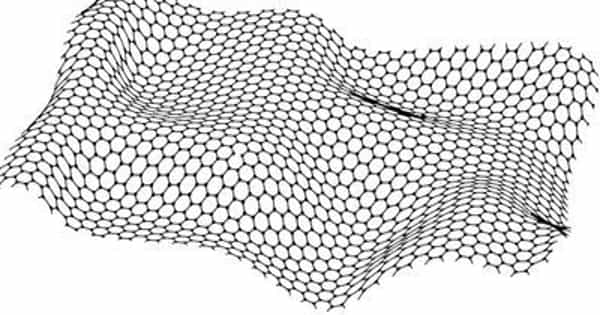On a hot summer day, white clothing feels cooler than other colors because it reflects, rather than absorbs, sunlight. Other colors, such as blue and black, will heat up as they absorb light. To avoid this heating effect in colorful cooling films, researchers looked to butterfly wings for inspiration.
The new coatings, which do not absorb light, might be used on the outside of buildings, cars, and equipment to save energy while maintaining vibrant color qualities.
“In buildings, large amounts of energy are used for cooling and ventilation, and running the air conditioner in electric cars can reduce the driving range by more than half,” said Wanlin Wang of Shenzhen University in China, who led the research team. “Our cooling films could help to advance energy sustainability and carbon neutrality.”

The researchers demonstrate in Optica, the journal of the Optica Publishing Group, that the films they produced reduce the temperature of colorful objects to around 2°C below the ambient temperature. They also discovered that when the blue version of the films was kept outside all day, it was around 26°C cooler than typical blue automobile paint. This equates to an annual energy savings of roughly 1,377 MJ/m2.
“With our new films, we can achieve excellent cooling performance regardless of the desired color, saturation, or brightness,” Wang added. “They could even be used on textiles to create clothes of any color that are comfortable in hot temperatures.”
Inspired by nature
Blue paint on an automobile appears blue because it absorbs and reflects blue light. The high amount of light absorbed heats the automobile. Morpho butterflies, on the other hand, get their highly intense blue hue from the nanostructure of their wings. The cooling nanofilm’s architecture replicates these structures, resulting in brilliant colors that do not absorb light like regular paint.
To make their Morpho-inspired nanofilms, the researchers sandwiched a disordered material (rough frosted glass) between two layers of titanium dioxide and aluminum dioxide. They then placed this structure over a silver layer that reflects all light, preventing solar radiation absorption and the resulting heating.
The hue of the film is determined by how the components of its multilayered structure reflect light. To make blue, for example, the multilayer material is designed to reflect yellow light at a very narrow range of angles, but the disordered structure diffuses blue light over a wide area.
Although this form of passive photonic heat management has previously been achieved, it has only been employed with white or clear objects since maintaining a broad viewing angle and high color saturation is difficult.
Colorful items are passively cooled.
“Thanks to the layered structure we developed, we were able to extend the passive cooling method from colorless objects to colorful ones while preserving color performance,” Wang explained. “In other words, because it reflects all light, our blue film appears blue across a wide range of viewing angles and does not heat up.” Furthermore, by adjusting the structure, great saturation and brightness can be attained.”
The researchers manufactured blue, yellow, and colorless coatings to test the new technology, which they placed outdoors at Shenzhen University on surfaces such as roofs, cars, textiles, and cell phones from 9 a.m. to 4 p.m. in both winter and summer. Using thermocouple sensors and infrared cameras to detect temperature, they discovered that the cooling films were more than 15 degrees Celsius colder than the surfaces they were placed on in the winter and more than 35 degrees Celsius cooler in the summer.
The researchers point out that replacing the silver film with an aluminum layer will reduce the cost of the films and make them more scalable for production methods like electron beam evaporation and magnetron sputtering. After demonstrating the films’ cooling and color performance, the researchers intend to investigate and optimize other aspects such as mechanical and chemical robustness.
















